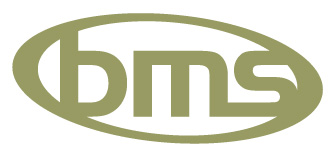Provisional atlas of the waxcaps of Sussex
This tool has been designed as a companion to the online Grassland Waxcap Identification Support Tool, to inform and encourage recording of our county’s waxcaps – a charismatic group of fungi which are found particularly in ancient pastures and grasslands that are low in nutrients. Waxcaps were at one time grouped together in the genus Hygrocybe. Modern molecular research is changing our understanding of these species and they are now placed in several different genera. This tool is based on the species concepts described in ‘The genus Hygrocybe, 2nd revised edition’ (2010) by David Boertmann.
How to use this atlas
All the controls for this provisional atlas can be accessed via the menu button at the top left of the screen. Click or tap the ‘x’ symbol to close the menu and reveal the whole map.
From the menu you can:
• Select species to display. The map will show its recorded distribution and summary information about the species.
• Choose the scale at which you wish to display the records and change the overlaid grid (which aligns with Ordnance Survey grid references).
• Select different basemaps and toggle additional layers on and off, e.g. vice-county boundaries.
If you select ‘Species: All’ the map will show the distribution of all waxcap records in the current map extent. The red labels on each square indicate the total number of records in that square; blue labels indicate the total number of species. Click or tap on a grid square to access a list of species recorded in that square.
About
Species distribution maps are based on data held by Sussex Biodiversity Record Centre with thanks to the recording groups and individual recorders who have previously shared their records.
Species information has been supplied by Clare Blencowe with reference to ‘The genus Hygrocybe, 2nd revised edition’ (2010) by David Boertmann. Various photographers have kindly given permission for their images to be used in this context. Photos are individually credited and should not be used elsewhere without permission.
Additional layers include vice-county boundaries managed by the Biological Records Centre (here) and used under a GPL licence. Modern county boundaries and national character areas (© Natural England) are used under an OGL licence, accessed via data.gov.uk; these contain Ordnance Survey data © Crown copyright and database right 2021.
Acknowledgements
This tool has been developed with the support of Sussex Biodiversity Record Centre and a small grant from the British Mycological Society. The programmer is Mark Robey: mark_s_robey@hotmail.com The app was developed with OpenLayers and ArcGIS.com. If you have any comments or questions about this provisional atlas, please contact: SxBRC@sussexwt.org.uk

